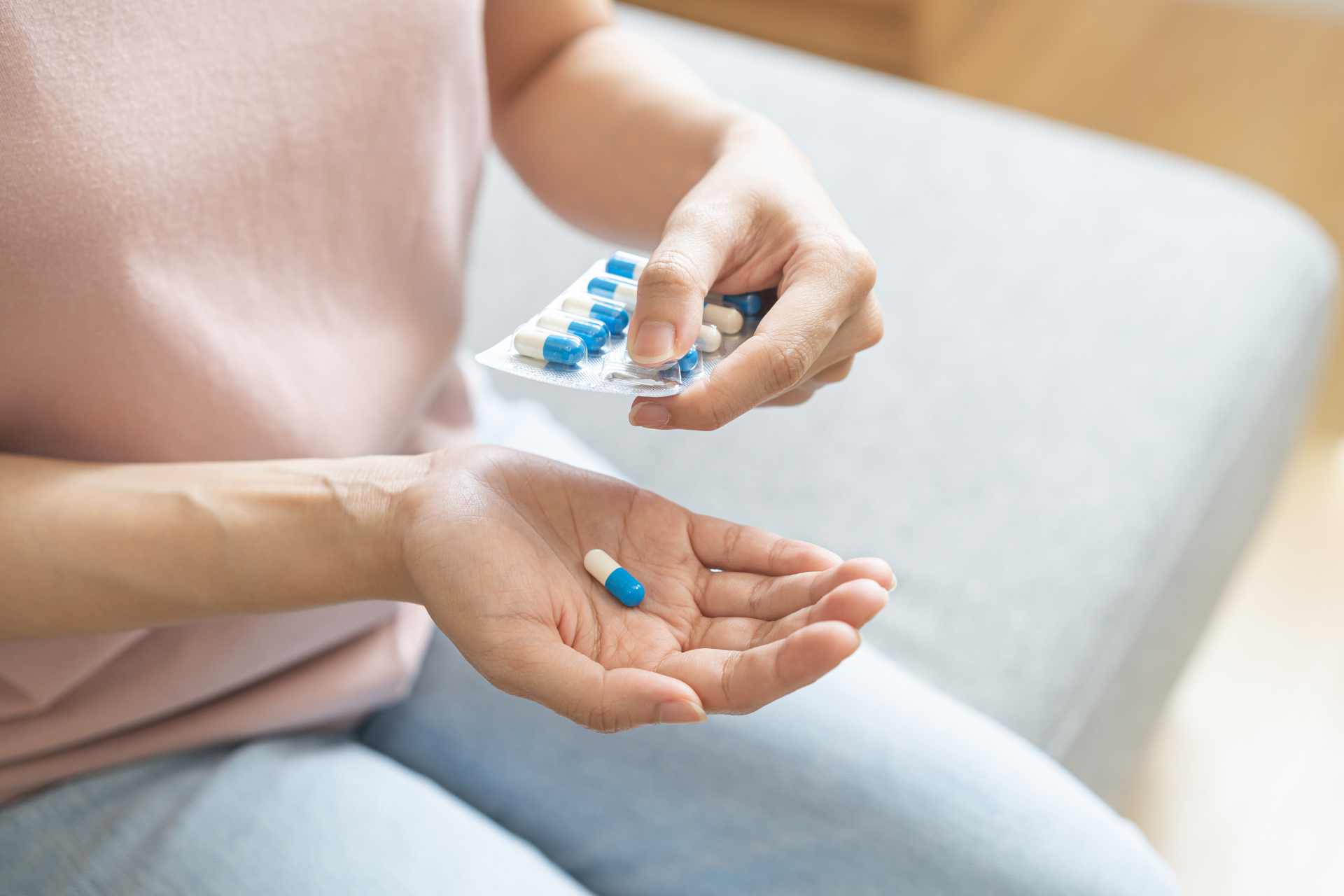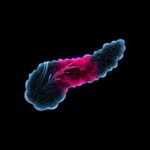What is already known
Recent research has found that commonly prescribed drugs, including antibiotics, can alter the composition and function of the gut microbiota. These interactions influence not only how effectively drugs work but also what side effects they have, ultimately affecting a person’s response to treatment.
What this research adds
Researchers created a synthetic community consisting of 32 bacterial species found in the human gut microbiota. Then, they grew the bacteria under anaerobic conditions and exposed them to 30 different drugs. In the presence of the drugs, some slower-growing bacteria were able to thrive. The researchers also found that some species that were resistant to a drug when alone became vulnerable when grown in a community, while species that would be typically inhibited by the drugs thrived due to the presence of protective bacteria. Drug biotransformation played a key role in protecting sensitive species, with certain bacteria expressing resistance-related proteins.
Conclusions
The findings help advance our understanding of how drugs affect the gut microbiota and may help develop therapies that reduce side effects and optimize a person’s response to treatment.
Many common drugs — including antibiotics — can inhibit the growth of gut bacteria and alter their function. Now, researchers have found that this effect of drugs can be dampened when microbes form communities.
The findings, published in Cell, help advance our understanding of how drugs affect the gut microbiota and may help develop therapies that reduce side effects and optimize a person’s response to treatment.
“Towards this goal, we are also studying how interspecies interactions are shaped by nutrients so that we can create even better models for understanding the interactions between bacteria, drugs, and the human host,” says study co-author Kiran Patil at the MRC Toxicology Unit in Cambridge, UK.
Recent research has found that commonly prescribed drugs, including antibiotics, can alter the composition and function of the gut microbiota. These interactions influence not only how effectively drugs work but also what side effects they have, ultimately affecting a person’s response to treatment.
To better explore these interactions, Patil and his colleagues analyzed the effects of common medications on a community of gut microbes.
Bacterial communities
First, the researchers created a synthetic community consisting of 32 bacterial species found in the human gut microbiota. Then, they grew the bacteria under anaerobic conditions and exposed them to 30 different drugs, which included both antibiotics and drugs designed to interact with human proteins.
Next, the team analyzed how the abundance of different species changed after drug exposure. The drugs altered community dynamics, the researchers found. For example, some slower-growing bacteria that are typically undetectable were able to thrive in the presence of drugs.
The researchers also treated 21 gut bacteria species individually with the same set of drugs at varying concentrations, comparing microbial growth in isolation versus within the community. Some species that were resistant to a drug when alone became vulnerable when grown in a community, while species that would be typically inhibited by the drugs thrived due to the presence of protective bacteria.
Transforming drugs
Further experiments revealed that drug biotransformation — the process through which living organisms chemically modify drugs — played a key role in protecting certain species.
Gut bacteria transformed drugs such as the antiparasitic medications niclosamide and nifurtimox into their inactive forms, protecting nearly half of sensitive species in the community. The expression of specific enzymes called nitroreductase, particularly in species such as Roseburia intestinalis, was key for increasing drug resistance in other species.
“These findings reveal that gut bacteria have a greater capacity to transform and accumulate drugs than we previously understood,” says study co-author Michael Zimmermann at the European Molecular Biology Laboratory in Heidelberg.
The results also highlight the need to understand effects such as cross-protection and cross-sensitization in bacterial communities, the researchers say.









